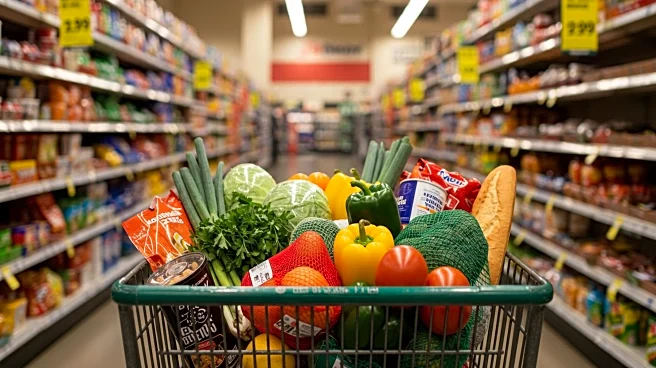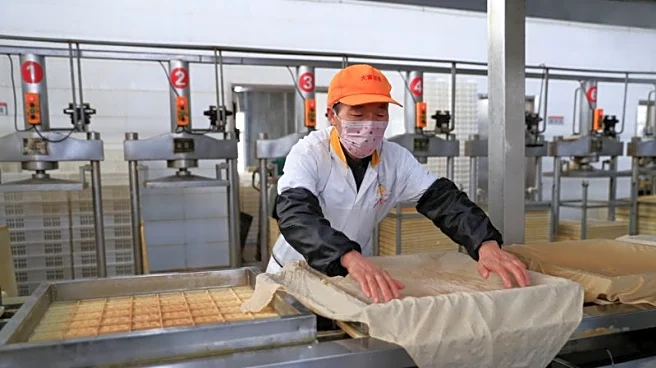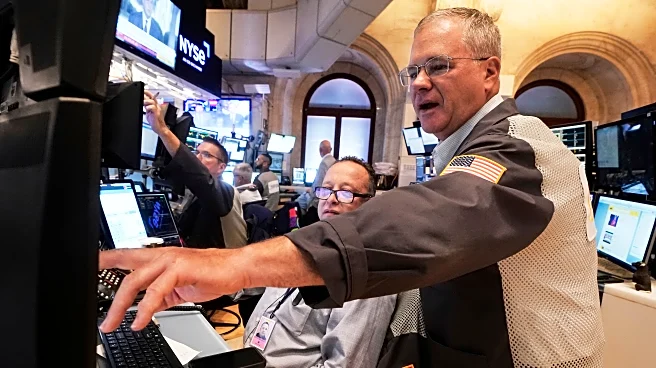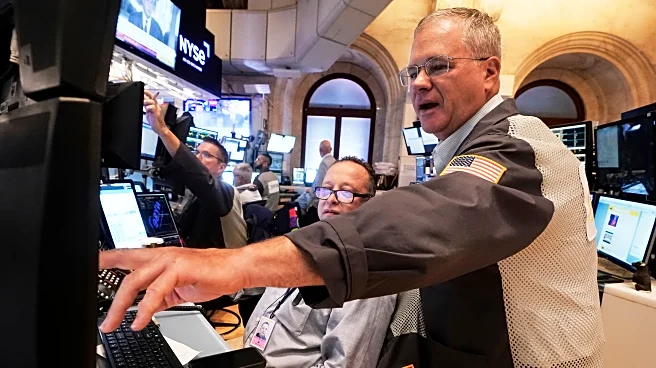What's Happening?
The price of ground beef in the United States has surged to over $6 per pound, marking a 10.3% increase since June 2024. This rise is attributed to a combination of factors including extreme weather conditions, supply chain disruptions, and potential tariff increases. Herd sizes have reached their lowest in nearly 75 years due to drought and high feeding costs, according to Farm Policy News. Additionally, President Trump has threatened to impose a 50% tariff on Brazilian imports, which could further escalate beef prices. The U.S. relies on imported lean trimmings to mix with domestic beef, and any increase in tariffs could make this process more expensive.
Why It's Important?
The rising cost of beef is a significant concern for American consumers and the agricultural industry. With beef prices already high, further increases could strain household budgets and impact consumer spending. The agricultural sector faces challenges in rebuilding herds due to biological delays and financial constraints, exacerbated by the pandemic's economic impact. Tariffs on imports could further disrupt the supply chain, leading to higher costs for producers and consumers. This situation highlights the vulnerability of food systems to climate change and trade policies, emphasizing the need for resilient agricultural practices and diversified supply chains.
What's Next?
Producers are exploring drought-resilient practices, such as improved feed storage and rotational grazing, to mitigate the impact of extreme weather. Policymakers and industry stakeholders may need to address tariff policies to prevent further price hikes. Consumers might also need to adapt by finding ways to save on grocery bills and reduce food waste. The ongoing situation calls for strategic planning to ensure food security and economic stability in the face of climate and trade challenges.
Beyond the Headlines
The current beef price surge underscores broader issues related to climate change and global trade dependencies. It raises questions about the sustainability of current agricultural practices and the need for innovation in food production. The situation also highlights the interconnectedness of global markets and the potential ripple effects of policy decisions on domestic economies.













